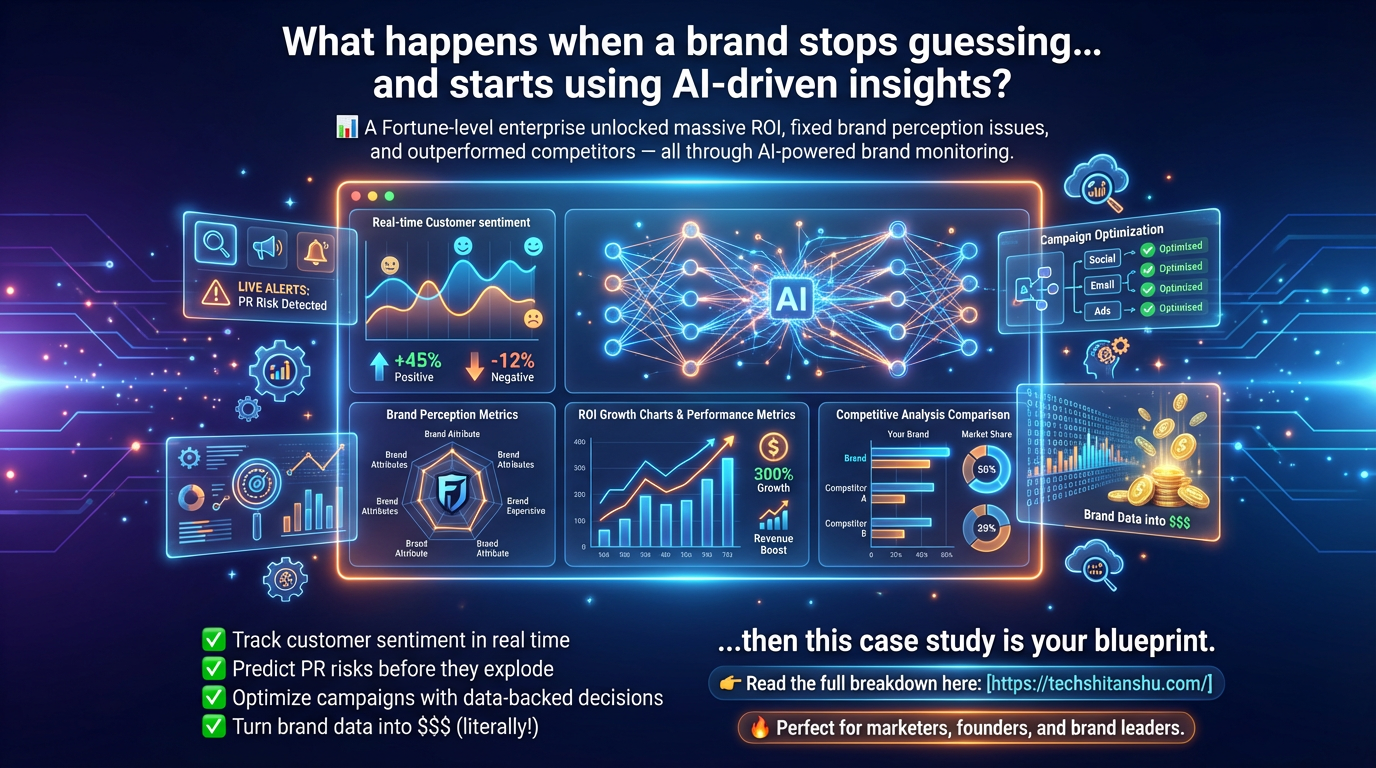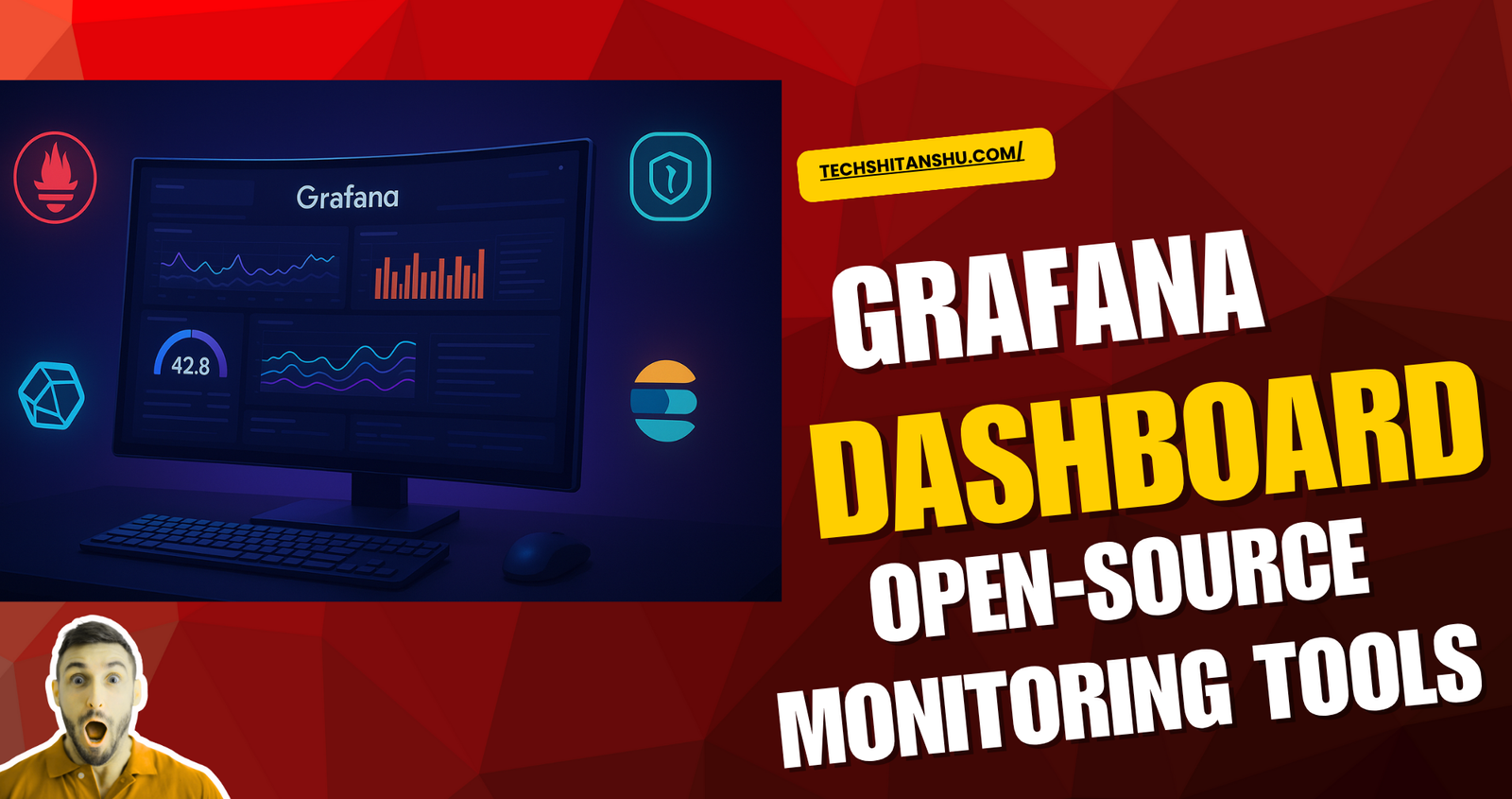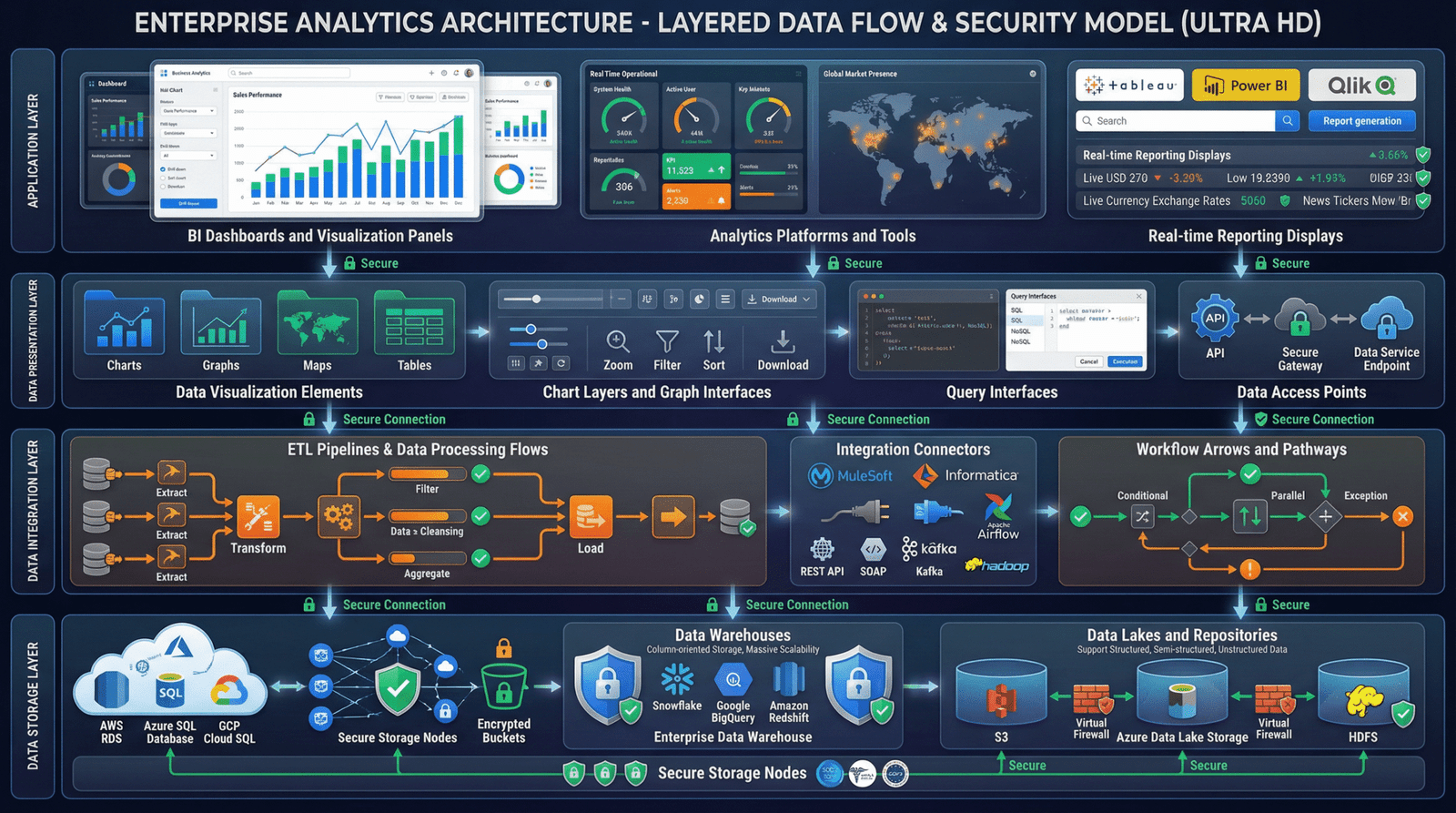-
The Major new functionality in Java 17
Read More: The Major new functionality in Java 17The Major new functionality in Java 17 Java has been one of the most reliable and mature programming languages for decades.…
-
Backend for Frontend Pattern(BFF): The Ultimate Guide to Scalable & High-Performance APIs
Read More: Backend for Frontend Pattern(BFF): The Ultimate Guide to Scalable & High-Performance APIsBackend for Frontend Pattern Introduction: Why Backend for Frontend (BFF) Matters Today Modern applications no longer have a single frontend.…
-
Saga Pattern in Microservices
Read More: Saga Pattern in MicroservicesSaga Pattern – The Complete Guide to Data Consistency Without Distributed Transactions (2026) Introduction: Why Distributed Transactions Fail in Microservices …
-
Circuit Breaker Pattern in Microservices
Read More: Circuit Breaker Pattern in MicroservicesCircuit Breaker Pattern in Microservices: Build Fault-Tolerant, Resilient Systems That Don’t Collapse Under Failure (2026) The Circuit Breaker pattern helps…
-
API Gateway Pattern – The Ultimate Guide to Secure, Scalable & High-Performance APIs (2026)
Read More: API Gateway Pattern – The Ultimate Guide to Secure, Scalable & High-Performance APIs (2026)API Gateway Pattern: Why Every Microservices System Needs an API Gateway Microservices promise agility—but without control, they quickly turn into…
-
Microservices Design Patterns: The Complete Pillar Guide for Modern System Design (2026)
Read More: Microservices Design Patterns: The Complete Pillar Guide for Modern System Design (2026)If microservices are the building blocks of modern software, design patterns are the blueprints that stop those blocks from collapsing…
-
Build a Data-Driven Brand Strategy with AI Insights
Read More: Build a Data-Driven Brand Strategy with AI InsightsBuild a Data-Driven Brand Strategy with AI Insights: A Complete Guide Branding has changed more in the last 3 years…
-
AI Brand Identity Consistency Management System 2025
Read More: AI Brand Identity Consistency Management System 2025What Is an AI Brand Identity Consistency Management System? Think of this system as your brand’s always-awake, never-tired guardian. It’s…
-
Enterprise AI Brand Governance and Compliance Tools 2025
Read More: Enterprise AI Brand Governance and Compliance Tools 2025Enterprise AI Brand Governance and Compliance Tools: The Ultimate Guide Introduction: Why Brand Governance Matters More Than Ever In 2025,…
-
AI Brand Reputation Case Study for Startups
Read More: AI Brand Reputation Case Study for StartupsAI Brand Reputation Case Study for Startups (2025 Edition): How One Startup Used AI to Turn Crisis Into Growth What…
-
How AI Brand Management Cuts Marketing Costs 2025
Read More: How AI Brand Management Cuts Marketing Costs 2025How AI Brand Management Cuts Marketing Costs Introduction: The Rising Cost of Traditional Marketing In today’s hyper-digital era, marketing costs…
-
AI Powered Brand Management Solutions for Enterprises 2025
Read More: AI Powered Brand Management Solutions for Enterprises 2025AI Powered Brand Management Solutions for Enterprises Introduction: The AI Revolution in Brand Management In today’s fast-moving digital world, your…
-
Top 10 Powerful CSPM Tools for Rock-Solid Cloud Security Posture Management
Read More: Top 10 Powerful CSPM Tools for Rock-Solid Cloud Security Posture ManagementTop 10 Powerful CSPM Tools for Rock-Solid Cloud Security Posture Management Why CSPM is the Future of Cloud Security In…
-
Smart Ways to Estimate the Cost of Managed DevOps Services AWS
Read More: Smart Ways to Estimate the Cost of Managed DevOps Services AWSManaged DevOps Services AWS — Cost Estimate for 2025 Introduction If you’re running applications on the Amazon Web Services (AWS)…
-
Best Cloud Server Providers in 2025: Powerful, Reliable & Scalable Solutions for Every Business
Read More: Best Cloud Server Providers in 2025: Powerful, Reliable & Scalable Solutions for Every BusinessBest Cloud Server Providers in 2025: Powerful, Reliable & Scalable Solutions for Every Business In today’s digital-first world, cloud servers…
-
AWS Web Services Revolutionizing Cloud Computing
Read More: AWS Web Services Revolutionizing Cloud ComputingAWS Web Services Revolutionizing Cloud Computing In today’s digital world, cloud computing has become the backbone of modern IT infrastructure.…
-
Essential Software Testing Techniques Every Engineer Should Know in 2025
Read More: Essential Software Testing Techniques Every Engineer Should Know in 2025Essential Software Testing Techniques Every Engineer Should Know in 2025 In the journey of building great software, coding is just…
-
Prometheus With Grafana
Read More: Prometheus With GrafanaIncredible Benefits of Using Prometheus with Grafana for Modern DevOps Monitoring in 2025 Introduction In the world of DevOps, two…
-
Grafana Dashboard Explained: Ultimate Guide for Monitoring & Visualization (2025)
Read More: Grafana Dashboard Explained: Ultimate Guide for Monitoring & Visualization (2025)Grafana Dashboard Explained: Ultimate Guide for Monitoring & Visualization If you’ve ever wanted to see all your metrics, logs, and…
-
Apache Kafka Log Aggregation: A Complete Guide for Developers and Data Engineers
Read More: Apache Kafka Log Aggregation: A Complete Guide for Developers and Data EngineersApache Kafka Log Aggregation: A Complete Guide for Developers and Data Engineers Apache Kafka is an open-source distributed event streaming…
-
Top Open Source Log Aggregation Tools : Full Guide for DevOps & Engineers
Read More: Top Open Source Log Aggregation Tools : Full Guide for DevOps & EngineersTop Open Source Log Aggregation Tools (2025): Full Guide for DevOps & Engineers In today’s era of microservices and distributed…
-
Sleuth to Micrometer
Read More: Sleuth to MicrometerSleuth to Micrometer Imagine you have a big group of secret agents (a.k.a. microservices) working together to complete a mission…
-
Perform Distributed Tracing with Zipkin
Read More: Perform Distributed Tracing with ZipkinPerform Distributed Tracing with Zipkin Distributed tracing is like turning on a GPS for your application—it lets you follow a…
-
Helm Charts Kubernetes
Read More: Helm Charts KubernetesHelm Charts Kubernetes Think of Helm as the “apt” or “yum” of Kubernetes—it’s your go-to package manager for deploying applications…
-
GitHub Copilot
Read More: GitHub CopilotGitHub Copilot Imagine you’re writing code, and there’s a smart friend sitting next to you. Every time you start typing,…
-
Spring job to use new service
Read More: Spring job to use new serviceSpring Batch to use new service In the world of enterprise applications, data is everywhere. Whether it’s financial transactions, large…
-
Spring Cron-Based Job with REST Endpoint
Read More: Spring Cron-Based Job with REST EndpointSpring Cron-Based Job with REST Endpoint What is Spring Cron-Based Job with REST Endpoint ? A Spring cron-based job with…
-
Microservice Architecture
Read More: Microservice ArchitectureMicroservice Architecture What is Microservice Architecture? Microservices is a cloud-native architectural style where an application is built as a collection of small, independent,…
-
Why java is platform independent
Read More: Why java is platform independentWhy java is platform independent Java is platform independent because it uses a clever “write once, run anywhere” approach. Java’s platform…
-
Federated Microservice Architecture
Read More: Federated Microservice ArchitectureFederated Microservice Architecture Federated Microservice architecture is a strategic blueprint for IT systems that fosters coordinated management and seamless interoperability of data,…
-
Calypso
Read More: CalypsoCalypso The Calypso Core Architecture refers to the foundational structure and design principles of the Calypso software platform, which is widely used…
-
Java application architecture
Read More: Java application architectureJava application architecture Java application architecture Enterprise OSGi combines two of Java’s most enduringly popular programming models: enterprise Java and…
-
Enterprise System Integration Patterns
Read More: Enterprise System Integration PatternsEnterprise System Integration Patterns Enterprise integration is the task of making separate applications work together to produce a unified set…
-
Publisher Subscriber Architecture Design Pattern
Read More: Publisher Subscriber Architecture Design PatternPublisher Subscriber Architecture Design Pattern Publisher Subscriber (Pub/Sub) is a popular architectural design pattern used in distributed systems to allow…
-
Notification Architecture Design Pattern
Read More: Notification Architecture Design PatternNotification architecture design pattern Table of Contents What is Notification Architecture Design Pattern (Notification Architecture Design Pattern)? The Notification Architecture…
-
Enterprise Data Warehouse (EDW) architecture
Read More: Enterprise Data Warehouse (EDW) architectureEnterprise Data Warehouse (EDW) Architecture – A Complete Guide In today’s data-driven world, data is the backbone of every enterprise…
-
Powerful GitHub Features Every Developer Should Master in 2025
Read More: Powerful GitHub Features Every Developer Should Master in 2025Powerful GitHub Features Every Developer Should Master in 2025 GitHub has become the heartbeat of modern software development — a…
-
Service Discovery Pattern – Comprehending Microservices Design Patterns
Read More: Service Discovery Pattern – Comprehending Microservices Design PatternsService Discovery Pattern – Comprehending Microservices Design Patterns Modern software systems are no longer monoliths running on a single server.…
-
Event Driven Architecture Pattern
Read More: Event Driven Architecture PatternEvent Driven Architecture An event driven architecture uses events to trigger and communicate between decoupled services and is common in…
-
Docker
Read More: DockerDocker Docker is an open-source engine that automates the deployment of applications into containers. It was written by the team…
-
DevOps Architecture
Read More: DevOps ArchitectureDevOps Architecture DevOps architecture brings together teams from development and operations to make the software delivery process faster and more…
-
CI/CD pipelines for code deployment using Jenkins
Read More: CI/CD pipelines for code deployment using JenkinsCI/CD pipelines for code deployment using Jenkins CI-CD Pipeline in Jenkins What does a CI/CD Pipeline entail? Imagine DevOps as…
-
Modern Cloud infrastructure
Read More: Modern Cloud infrastructureModern Cloud Infrastructure To grasp why it’s crucial to distinguish between different types of changes in our industry, let’s take…
-
Pipes and Filters Architecture Design Pattern
Read More: Pipes and Filters Architecture Design PatternPipes and Filters Architecture Design Pattern In today’s world of microservices, data pipelines, and stream processing, clean architecture is everything.…


















































